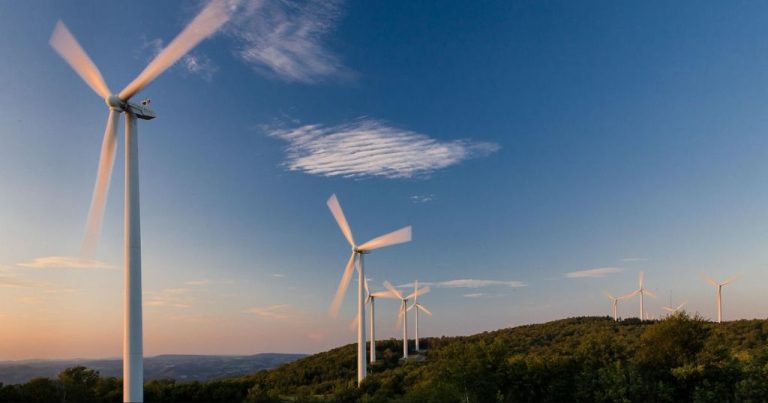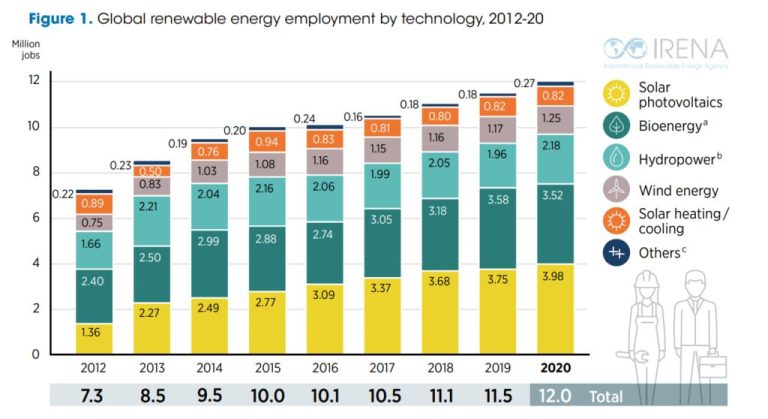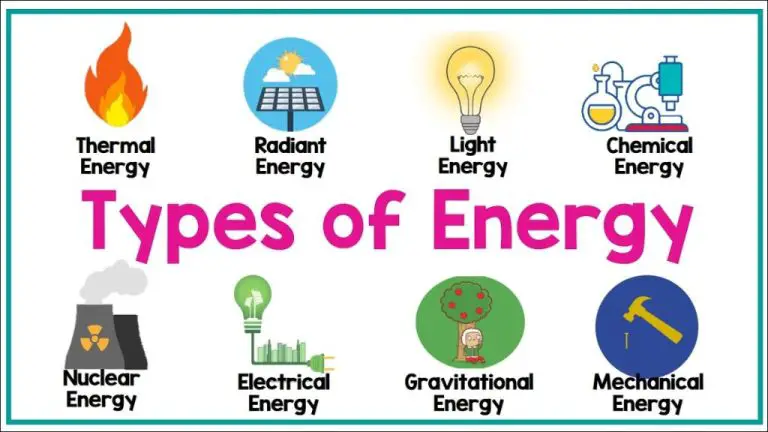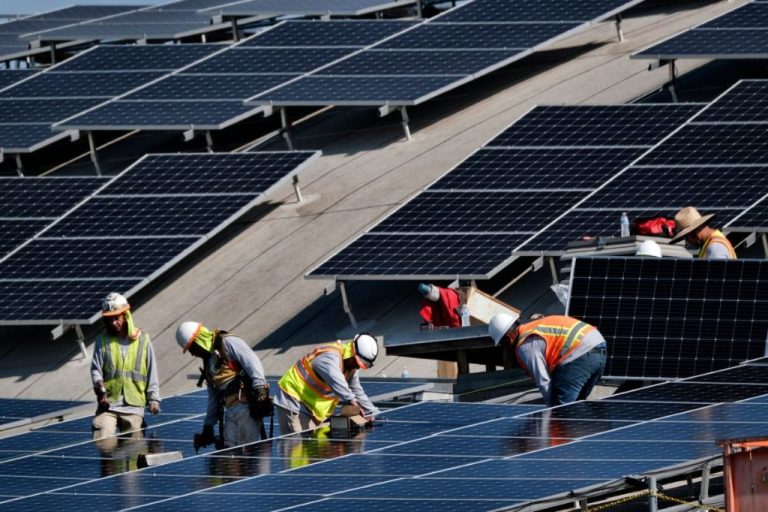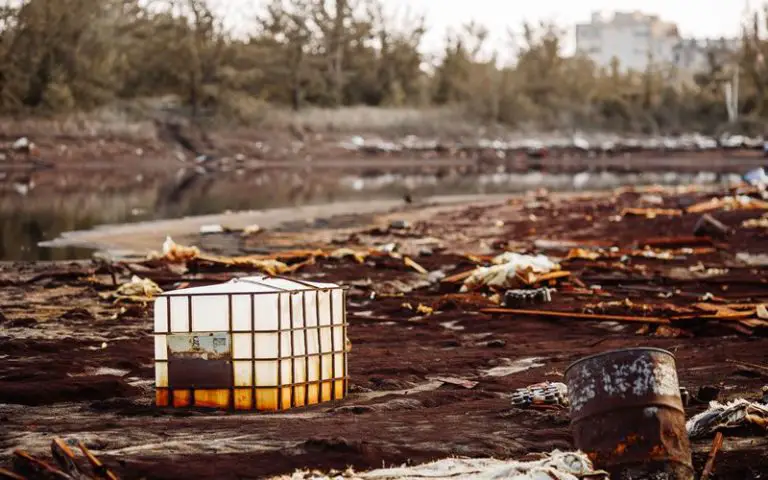How Long Do Solar Panels Last?
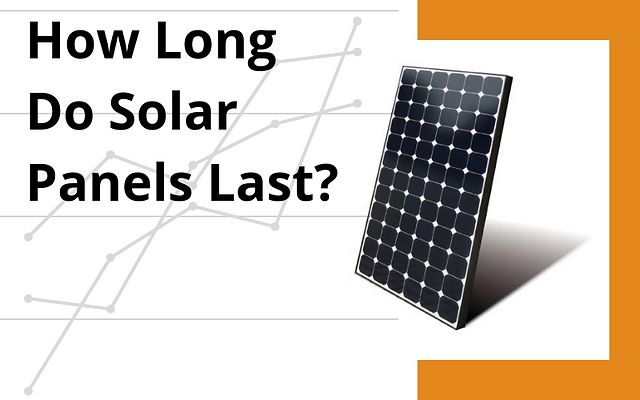
Solar panels have become increasingly popular over the last decade as more homeowners switch to renewable energy sources. The low maintenance and potential cost savings make solar an attractive option. However, potential buyers often wonder – how long do solar panels last?
This article provides an in-depth look at solar panel lifespans. It explores the factors that affect longevity, panel degradation over time, and options once panels reach end-of-life. With solar panels representing a significant investment, understanding realistic lifespans can help homeowners decide if solar is right for their needs.
Solar Panel Lifespan
The average lifespan of a solar panel is between 25-30 years (GreenMatch). Most solar panel manufacturers offer a warranty of 10-12 years on their solar panels. However, this doesn’t mean the panels will stop working after the warranty expires. The warranty just guarantees they will still produce over 80% of their rated capacity within this timeframe. After 10-12 years, solar panels may produce slightly less energy, but can still operate effectively for 15-20 more years. Overall, solar panels typically have a total functional lifespan of 25-30 years.
Factors Affecting Lifespan
There are several key factors that impact how long solar panels last. The two biggest ones are the quality of the solar panels themselves, and the climate and weather conditions where they are installed. Higher quality solar panels made with robust materials will typically last longer than cheaper panels [1]. Climate also plays a major role. Solar panels installed in hot, humid environments or areas with high wind speeds tend to degrade faster than those in more temperate climates. Frequent storms with hail or debris can potentially damage panels as well.
Regular maintenance and proper installation also affect lifespan. Solar panels that are cleaned frequently and kept free of debris buildup will last longer. Proper installation according to manufacturer guidelines, with adequate spacing between panels, allows for air circulation and prevents overheating. Improper installation or handling can stress the panels and shorten their usable life.
Overall panel degradation impacts lifespan too. The amount of productivity loss each year determines when the panels need to be replaced. Higher quality solar panels lose productivity at a slower rate, usually only around 0.5% per year. Regular maintenance can help minimize degradation.
Panel Degradation
Solar panels lose efficiency and degrade in performance over time. This is known as panel degradation. On average, solar panels lose around 0.5-0.8% of their performance each year, according to the National Renewable Energy Laboratory (NREL) [1]. This means a solar panel rated at 250 watts when new, will put out around 223 watts after 25 years (assuming 0.8% annual degradation).
The degradation is caused by exposure to the elements, primarily solar irradiation and high temperatures which slowly break down the solar cell materials. Manufacturing defects and impurities in the silicon can also contribute to faster degradation. Panel degradation is inevitable, but manufacturers are constantly working to improve solar cell materials to minimize performance losses.
Higher quality solar panels typically have lower degradation rates, around 0.25-0.5% annually. Economy panels may have degradation rates of 1% or more per year. When comparing solar panel brands, look for ones with low guaranteed degradation rates. Over a system’s lifetime, a 0.5% vs 1% degradation rate can make a big difference in total energy output and savings.
Extending Lifespan
Proper installation, maintenance, cleaning, and repairs can help extend the lifespan of solar panels. Reputable installers like Solar Sam (https://solarsam.com/) follow best practices for mounting and wiring to ensure durability. Panels should be securely fastened but allow flexibility to withstand wind and shifts in the roof. Wiring should be neatly run and weatherproofed.
Regular maintenance helps solar panels operate efficiently for years. Inspections should check for damage, debris buildup, and loose wiring annually. Cleaning the panels at least once a year removes dirt and dust that can reduce efficiency. Use water and mild cleaners, avoid abrasives. Damaged panels may be repairable by solar technicians to avoid replacement.
Installing panels properly for your climate protects from weathering. In cold climates, allow air flow behind panels to prevent snow buildup. In hot climates, allow ventilation to prevent overheating. Proper tilt toward the sun and avoidance of shade maximizes sunlight exposure.
While panels can last over 25 years (https://www.cnet.com/), taking steps to install, maintain, clean, and repair extends their lifespan even further. This avoids the costs of new systems and keeps solar power generation at peak output.
End-of-Life Options
When solar panels reach the end of their usable lifespan, there are a few options for handling the disposal or recycling of the panels:
Reuse – Panels that are still functioning can potentially be reused in other solar installations that don’t require the highest levels of efficiency. Reusing working panels extends their lifespan and prevents waste.
Recycle – Solar panels contain valuable materials like aluminum, glass, and semiconductor materials that can be recovered through recycling. Proper recycling allows these materials to be reclaimed and prevents toxic materials from contaminating landfills. However, recycling costs are currently high compared to landfill disposal [1].
Disposal – Currently, the vast majority of end-of-life solar panels end up in landfills. Panels contain small amounts of hazardous materials, so leaching into the environment is a concern. New regulations are aiming to restrict landfill disposal and promote recycling [2].
Some companies and organizations are working on innovative ways to recycle panels more efficiently. But currently there are challenges and costs associated with sustainable end-of-life management of solar panels.
New Technology
Researchers are continuously developing new technological innovations to increase the efficiency and lifespan of solar panels. For example, a team at Nanyang Technological University in Singapore has created a solar panel rejuvenation device that can restore old panels to optimal performance (https://www.ntu.edu.sg/news/detail/new-technology-rejuvenates-solar-panels-and-protects-them-from-degradation). The device uses a chemical process to remove dust, grime and defects from the panel surface, providing up to 5 years of restored performance. Field tests have shown excellent results in commercial installations across Singapore.
Another promising new technology comes from EtaVolt, which uses an electrochemical treatment to essentially heal degradation defects and cracks that accumulate in solar cells over time (https://sciencex.com/wire-news/464517757/research-team-develops-new-technology-that-rejuvenates-solar-pan.html). Their solar panel rejuvenation system can extend the usable lifespan of panels at a fraction of the cost of full replacement. With innovations like these, the functional lifespan of solar panels looks set to increase substantially in the coming years.
Cost Savings
Solar panels can provide significant cost savings over their lifespan compared to purchasing electricity from the grid. According to EnergySage, the average homeowner can save between $20,000 and $96,000 over the lifetime of their solar panel system, depending on local electricity rates. The timeframe for return on investment varies, but most homeowners reach the breakeven point in 6-10 years after installation.
To calculate potential savings, you can use an online solar calculator like the one from EnergySage. Input your location, average monthly energy bill, and details on the solar system you’re considering. It will estimate your upfront costs, incentives, lifetime savings, and breakeven timeline. For example, for a 5 kW system in sunny Phoenix, AZ the estimated savings is over $41,000 over 25 years.
In general, areas with high electricity rates and good sun exposure will see the greatest savings from going solar. The savings come from reducing or eliminating your electricity bill, plus earning credit for excess solar energy sent back to the grid. Over the system’s lifespan, these add up to thousands in savings compared to grid electricity costs.
Example Lifespans
Real-world examples show a wide range in how long solar panels can last under different conditions. According to an analysis by the National Renewable Energy Laboratory (NREL), most solar panels still produce over 80% of their original power output after 25 years in the field.[1] However, extreme weather and improper installation can significantly reduce lifespan.
A 2011 study in Arizona examined a 16 year old solar array and found the panels degraded by 0.5% per year on average, suggesting a lifespan of around 40-50 years under normal conditions.[2] In contrast, an NREL study of coastal solar arrays affected by hurricane flooding and salt corrosion saw degradation rates triple the normal levels.[3]
With regular maintenance, solar panels on rooftops can last 30-40 years or longer. Ground-mounted arrays generally last longer by avoiding roof leaks and excess heat. Following manufacturer care guidelines, using quality equipment, and conducting periodic inspections will help maximize lifespan.
Conclusion
In summary, while solar panels typically have a 25-year lifespan, their efficiency declines over time. The rate of degradation depends on various factors like panel quality, climate, and installation. On average, solar panels lose around 0.5% of their efficiency per year. With proper maintenance and care, you can extend the lifespan of your solar system to 30 years or longer. Though panels may keep functioning past their warrantied lifespan, they will produce far less energy. At the end of their usable life, solar panels can be recycled or resold. Overall, solar power systems provide decades of clean energy and cost savings compared to fossil fuel sources.

